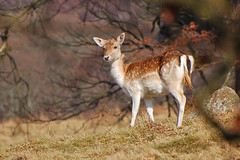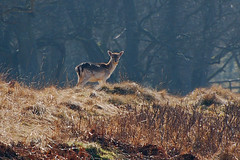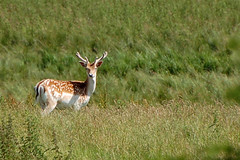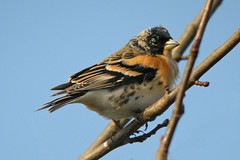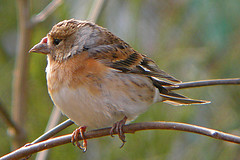My chosen equipment is a Nikon ED50 fieldscope and a Nikon ED78 fieldscope, a Nikon DS 30x wideview eyepiece (providing 16x magnification with the ED50 fieldscope), a Nikon Coolpix P5100 12.1mp compact digital camera and a Nikon FSB-6 bracket. I also have a Nikon FSA-L1 adaptor for attaching my Nikon D50 DSLR to the ED78 fieldscope.
The Nikon ED78 set-up is shown in the following picture:

And this picture shows the Nikon ED50 set-up.
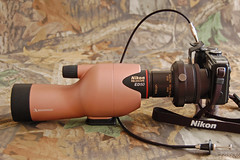
There are many experienced digiscopers across the world creating examples of bird photography at its very best. As a newcomer, I still have much to learn but as a digiscoping contact in the USA said to me recently: "It just takes practice, patience and persistence". You can view almost 3,000 of her superb images here
These are examples of my digiscoped bird pictures:

Fieldfare (Turdus pilaris) seen in a neighbours garden

House Sparrow (Passer domesticus) at Lantern Haugh
